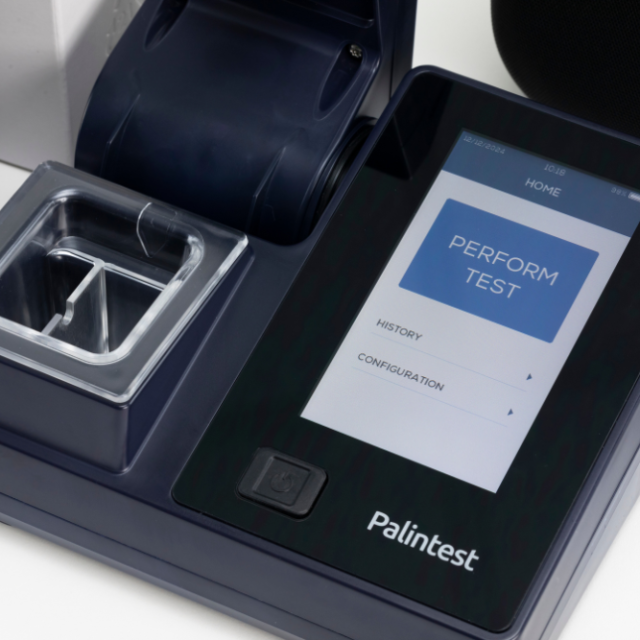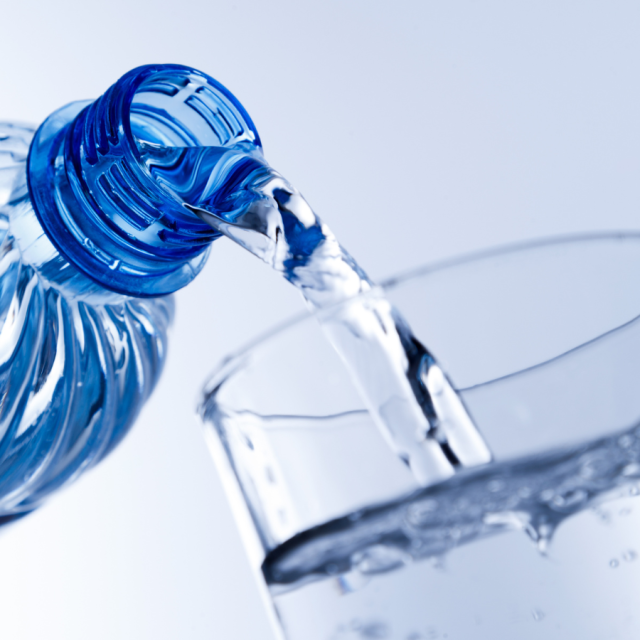
Methods of Testing for Bromine in Industrial Water
Bromine’s Unique Characteristics in Water
In water treatment, bromine hydrolyses to form hypobromous acid (HOBr) and bromide. This reaction makes bromine an excellent disinfectant, particularly effective in the presence of ammonia. Bromine’s disinfection efficacy surpasses that of chloramines, making it a preferred choice in certain industrial settings. Its ability to remain more biocidal at higher pH levels than chlorine adds to its effectiveness.
Testing Methods for Bromine
Bromine testing in industrial water is a crucial aspect of maintaining water quality and safety. Various methods are available to accurately determine bromine levels, each suited to different requirements and contexts in industrial settings.
- DPD Method
- The DPD (N,N-diethyl-p-phenylenediamine) method is commonly used for testing bromine in water. It involves adding a reagent to the water sample, which reacts with bromine, causing a color change. The intensity of this color change is then compared against a standard to determine the bromine concentration.
- Colorimetric Tests
- Similar to chlorine, colorimetric tests can be used for bromine. These tests are user-friendly and provide immediate results, making them suitable for quick assessments and routine checks.
- Spectrophotometry
- For more accurate and detailed analysis, spectrophotometry can be employed. This method measures the absorption of light by bromine in the water at specific wavelengths, providing precise concentration levels.
- Chlorine Test Kits for Bromine
- Interestingly, chlorine test kits can also be used for bromine testing due to their chemical similarities. The only adjustment required is a conversion factor to account for the weight difference between the two elements.
Challenges in Bromine Testing
Testing for bromine presents unique challenges due to its reactive nature and the formation of bromamines in water. These factors can influence the accuracy of test results, making it essential to choose the most appropriate testing method for the specific industrial application and water matrix.
Regular Monitoring and Safety
Regular testing of bromine levels is crucial to maintain the effectiveness of the disinfection process and to ensure safety. Bromine, being corrosive and toxic, requires careful handling and monitoring to prevent potential health hazards.




